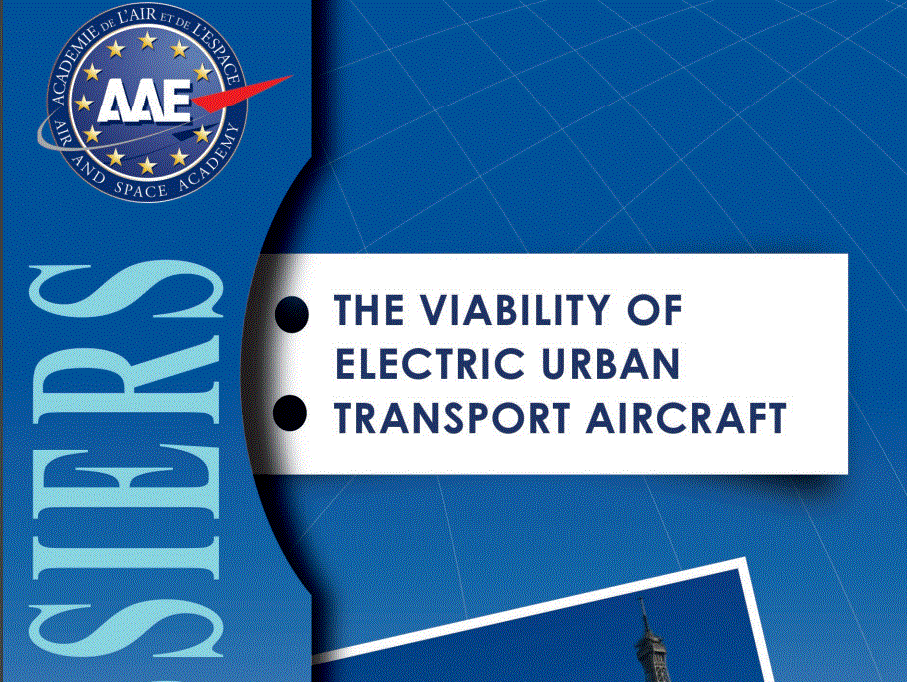
“Prospects for inter-city transport by e-VTOL are considered marginal at present because of their limited range (less than 100 km today) and market (too small to amortise the cost of the necessary helipads),” according to a report The Viability of Electric Transport Aircraft from the French Air and Space Academy.
“Intra-urban transport e-VTOLs would seem to just about meet the required performance, noise and safety specifications, although serious doubts remain as to their cost and all-weather capability. Battery recharging is also a significant problem that will need to be addressed. In the UAM concept, e-VTOLs link helipads to hubs via travel corridors in a centrally managed transport network; fully automated operation with no onboard pilot is even considered a possibility in due time. The operational regulations governing such a system do not yet exist and the construction of helipads and allocation of routes will pose many problems, including that of public acceptance. Assuming these are resolved, the network will necessarily have limited capacity, unless we imagined that the congestion observed on the ground in large metropolises could be reproduced in the sky.
“This means that the numbers of urban e-VTOLs and passengers they carry will remain low (although significantly greater than for helicopters today). This solution is therefore unlikely to solve the problem of transport congestion in urban areas. The most likely outcome is that the system will be used mainly by business travellers, with no benefit for the average citizen who will have to suffer the impact (albeit less marked than with current helicopters). Given the absence of public interest, let alone support, it would seem difficult for public authorities, at least in opinion-conscious Western European countries like France, to play a leading role in the deployment of UAM transport networks.
For more information
https://academieairespace.com/wp-content/uploads/2022/03/AAE_D53_UK_Web-1.pdf

